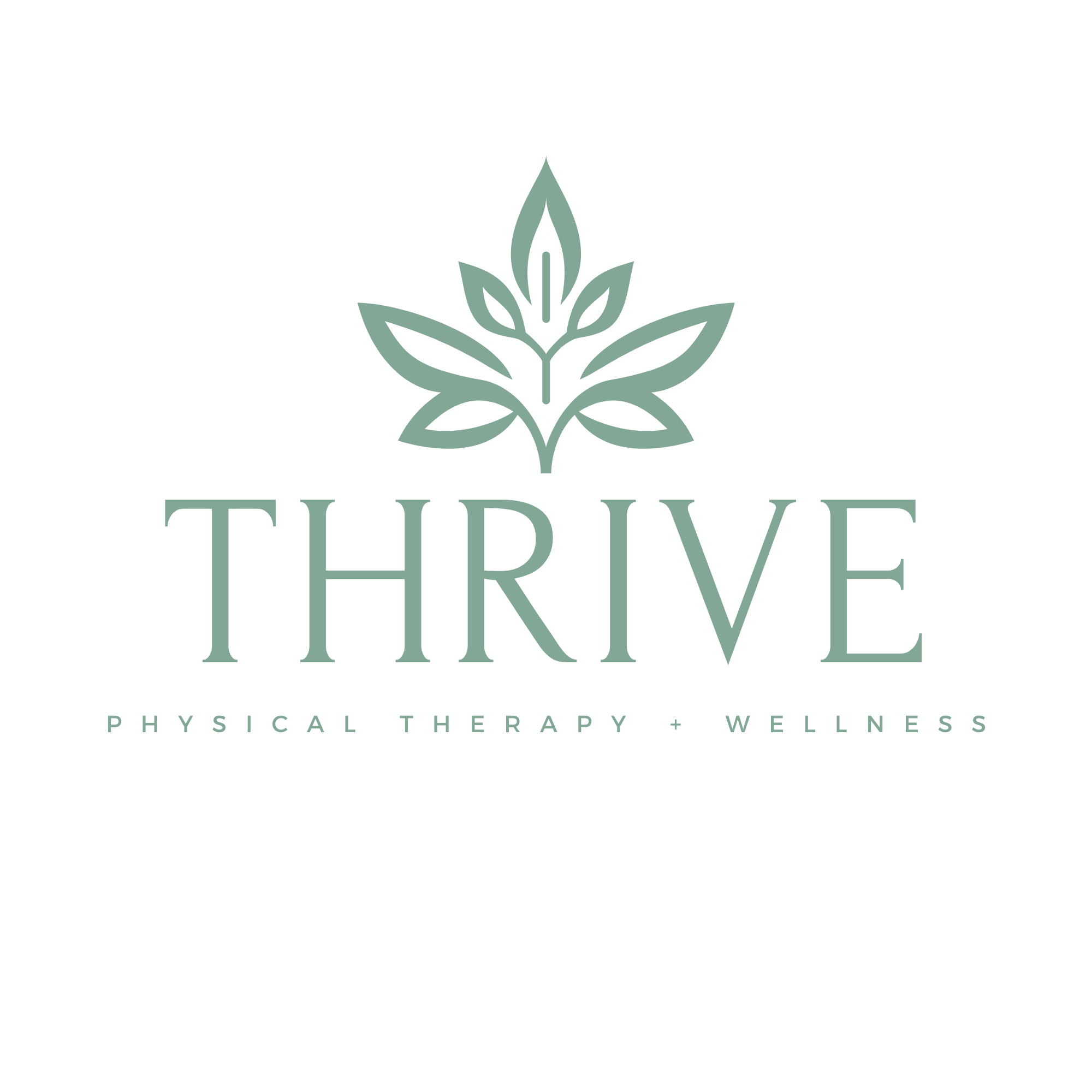
You never really think about how much you rely on your shoulders—until they stop cooperating. Reaching for a cup in the top cabinet, tossing a ball with your kid, or even just putting on a shirt—suddenly, these everyday tasks turn into awkward dances of wincing, adjusting, and avoiding. Shoulder pain has a sneaky way of taking over your day without warning. And when rest, ice packs, and wishful thinking don’t fix it, one big question remains: Can physical therapy actually solve this?
If you’ve been wrestling with shoulder discomfort, you’re not alone. And no, you’re not being dramatic. Shoulder pain is real, it’s disruptive, and in many cases, it’s treatable—especially with the right physical therapy plan. So let’s dig deep into what’s really going on with that shoulder of yours and whether physical therapy can, quite literally, set things straight.
Why Shoulders Are So Prone to Trouble
The shoulder isn’t just a single joint—it’s a complex network of bones, muscles, tendons, and ligaments working together in a tight and wildly flexible space. That amazing range of motion? It’s great when everything’s going smoothly. But the moment something’s off—whether from injury, overuse, poor posture, or even stress—things start unraveling.
Rotator cuff tears, bursitis, frozen shoulder, impingement, tendonitis, arthritis—these aren’t just medical jargon; they’re the reality behind that ache you can’t quite shake. And because the shoulder is involved in so many movements, even a mild issue can snowball into a major life disruption if it’s not addressed early.
Here’s where things get real: most people try to “walk it off.” Or worse, ignore it until it screams for attention. The truth? Ignoring shoulder pain can make it worse. Much worse. That’s why early intervention, particularly with a physical therapist who knows what they’re doing, can be a game-changer.
What Physical Therapy Really Does for Shoulder Pain
Imagine if someone could gently press “reset” on your shoulder. That’s kind of what physical therapy aims to do—minus the magic wand. A skilled physical therapist doesn’t just address the symptom (the pain), they look at the whole picture: your body mechanics, how you move, where you’re compensating, and what your muscles are trying to tell you.
Shoulder pain isn’t always about the shoulder. Sometimes it’s your posture. Sometimes it’s your neck, or even your spine. A solid therapist will dig into the root of the issue, not just treat the surface.
Physical therapy for shoulder pain involves a thoughtful mix of manual therapy, targeted exercises, posture correction, and movement retraining. It’s not about generic stretches or a one-size-fits-all routine. It’s about a custom approach—designed just for you and your shoulder’s unique quirks.
And let’s be clear: this isn’t passive healing. This is teamwork. The best results happen when the patient shows up, commits, and stays consistent with the therapy plan. And when that happens? The results can be incredible.
Inside the Thrive Approach: A Whole-Person Focus
Not all physical therapy clinics are created equal. Some will run you through a checklist and send you on your way with a printout of exercises. Thrive Physical Therapy isn’t that kind of place. At Thrive, the care goes beyond the immediate injury. It’s about building strength, resilience, and long-term function—not just patching things up until the next flare-up.
Walk through the doors of Thrive, and you can expect more than a quick fix. Their team digs deep into your history, your goals, your lifestyle. They ask questions. They listen—really listen—to what you’re experiencing. Then they create a plan that’s as unique as your shoulder issue.
Whether your pain is from an old sports injury, a car accident, work strain, or simply wear and tear, the team at Thrive tailors your therapy to your needs. They blend hands-on techniques with smart, science-backed movement therapies. Every stretch, every exercise, every adjustment is intentional.
And there’s something powerful about feeling seen—not just as a patient, but as a person. Thrive gets that. Their therapists don’t just want you to move again—they want you to thrive again. There’s a difference, and once you experience it, you’ll never settle for average care again.
What Recovery Really Looks Like (Hint: It’s Not Always Linear)
There’s a common misconception that therapy is this neat little staircase—you show up, do the work, and boom, you’re healed. The reality? It’s more of a winding trail, with ups and downs, and yes, some days where you feel like nothing’s improving. That’s normal. It doesn’t mean it isn’t working.
Healing takes time. Soft tissue needs patience. Muscles need retraining. Your brain even needs to relearn healthy movement patterns. Some weeks you’ll feel like a superhero. Other weeks? Not so much. But if you’re consistent and guided by a good therapist, things will shift. Pain fades. Range improves. Strength returns. And best of all, confidence comes back.
At Thrive, they walk with you through every twist and turn of that journey. They celebrate the wins with you, and they help you navigate the setbacks too. It’s not about perfection—it’s about progress.
Beyond Pain Relief: Long-Term Shoulder Health
Fixing the immediate issue is just step one. What’s even more important is keeping it from coming back. That’s where Thrive’s proactive approach shines. They don’t just discharge you the moment the pain stops—they make sure your shoulder is strong, stable, and ready for real life again.
You’ll learn how to move better, sit better, lift better. You’ll discover muscles you didn’t even know you had. And you’ll leave with tools—not just exercises, but real knowledge—to keep your shoulder healthy in the long run.
Maybe you’re an athlete trying to return to the game, or a parent who just wants to pick up their kid without flinching. Maybe you work a desk job and your posture has turned into a slow-motion injury. Whoever you are, your goals matter. Thrive helps you get there—not just pain-free, but stronger and more capable than before.

When Surgery Isn’t the First Answer
One of the best things about physical therapy? It’s non-invasive. Before you even think about injections or surgery, therapy is often the smartest first step. Many patients come in thinking surgery is inevitable—only to realize their pain can be dramatically reduced, if not eliminated, through dedicated physical therapy alone.
That’s not to say surgery isn’t ever necessary. But even in post-surgical recovery, physical therapy is key. It’s what gets you from “repaired” to “fully functional.” Thrive has worked with countless post-op shoulder patients—rotator cuff repairs, labral tears, shoulder replacements—and helped them not just recover, but come back stronger.
And if you’re still in the “maybe I need surgery” phase, a consult at Thrive might save you from going under the knife at all. Why rush into the operating room if your body can heal itself with the right guidance?
Real People, Real Results
You don’t have to look far to find success stories from Thrive Physical Therapy. Patients who came in barely able to lift their arm are now back to swimming, playing tennis, working pain-free, and simply living again. It’s not magic—it’s the result of expert care, personalized planning, and a team that genuinely cares.
These aren’t just patient files. These are people who walked in frustrated, tired, and in pain—and walked out empowered. That’s the Thrive difference.
So… Can Physical Therapy Fix Your Shoulder Issues?
If by “fix” you mean erase the pain, restore movement, strengthen your shoulder, and help you get back to doing the things you love? Then yes—absolutely. But it takes more than just showing up. It takes the right therapist, the right plan, and your active participation.
You’re not broken. Your shoulder’s not doomed. And you don’t have to live with that nagging pain forever.
The human body has an incredible ability to heal—but it often needs a little help getting there. That’s what physical therapy is all about: guiding that natural healing, retraining your movement, and supporting you as you rebuild.
Suggested Reading: The Role of Physical Therapy in Concussion Recovery
Conclusion: It’s Time to Get Your Shoulder (and Life) Back
If you’re tired of masking the pain or waiting for it to magically go away, maybe it’s time to try something that actually works. Whether you’ve been dealing with shoulder issues for weeks or years, Thrive Physical Therapy offers a path forward. Not a cookie-cutter plan, but real, individualized care that meets you where you are—and helps you get to where you want to be.
You don’t have to live with shoulder pain. And you definitely don’t have to go it alone.
Let Thrive Physical Therapy show you what healing should feel like. Book your first session at https://thriveptclinic.com/, and take the first real step toward a shoulder—and a life—that moves the way it’s meant to.

